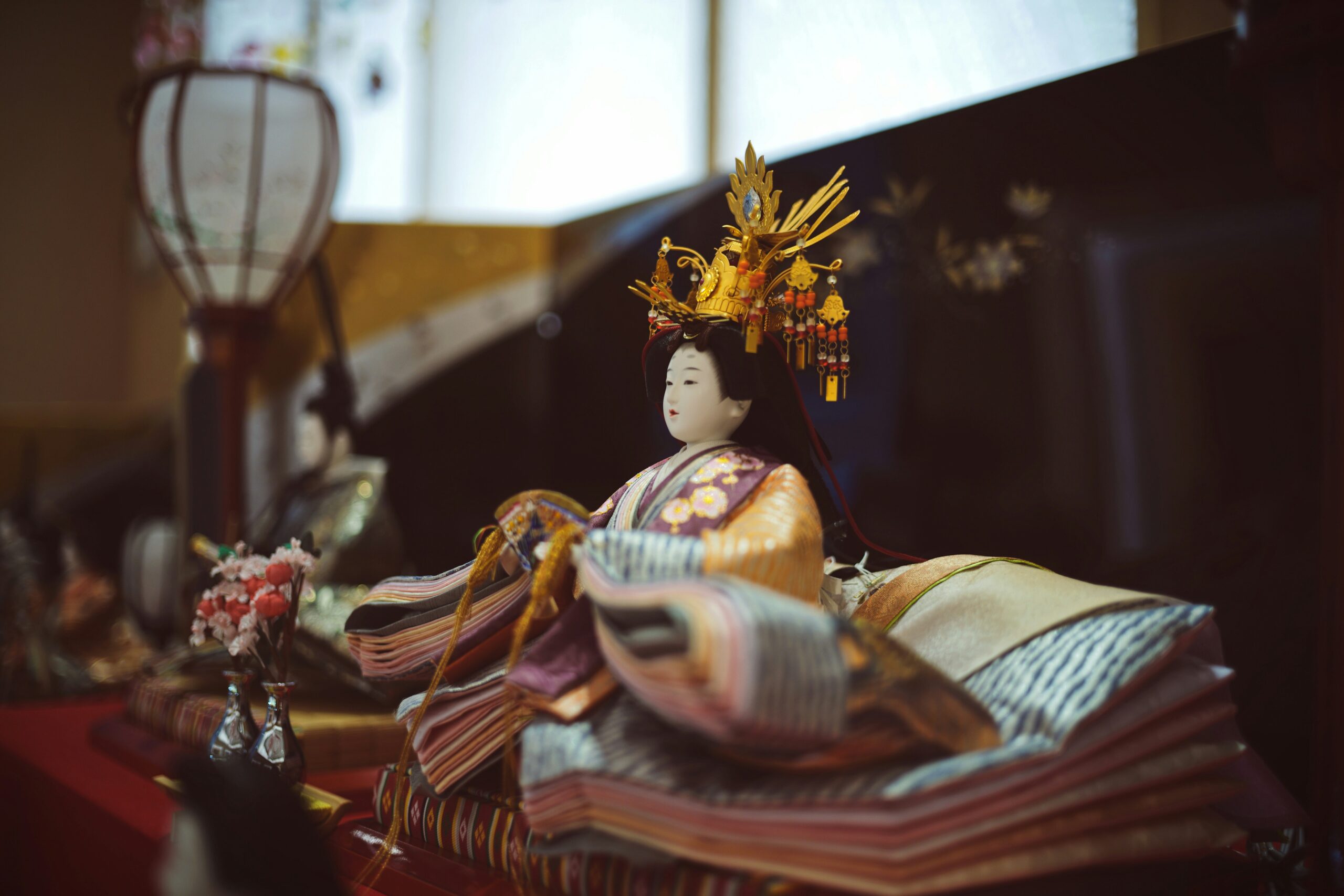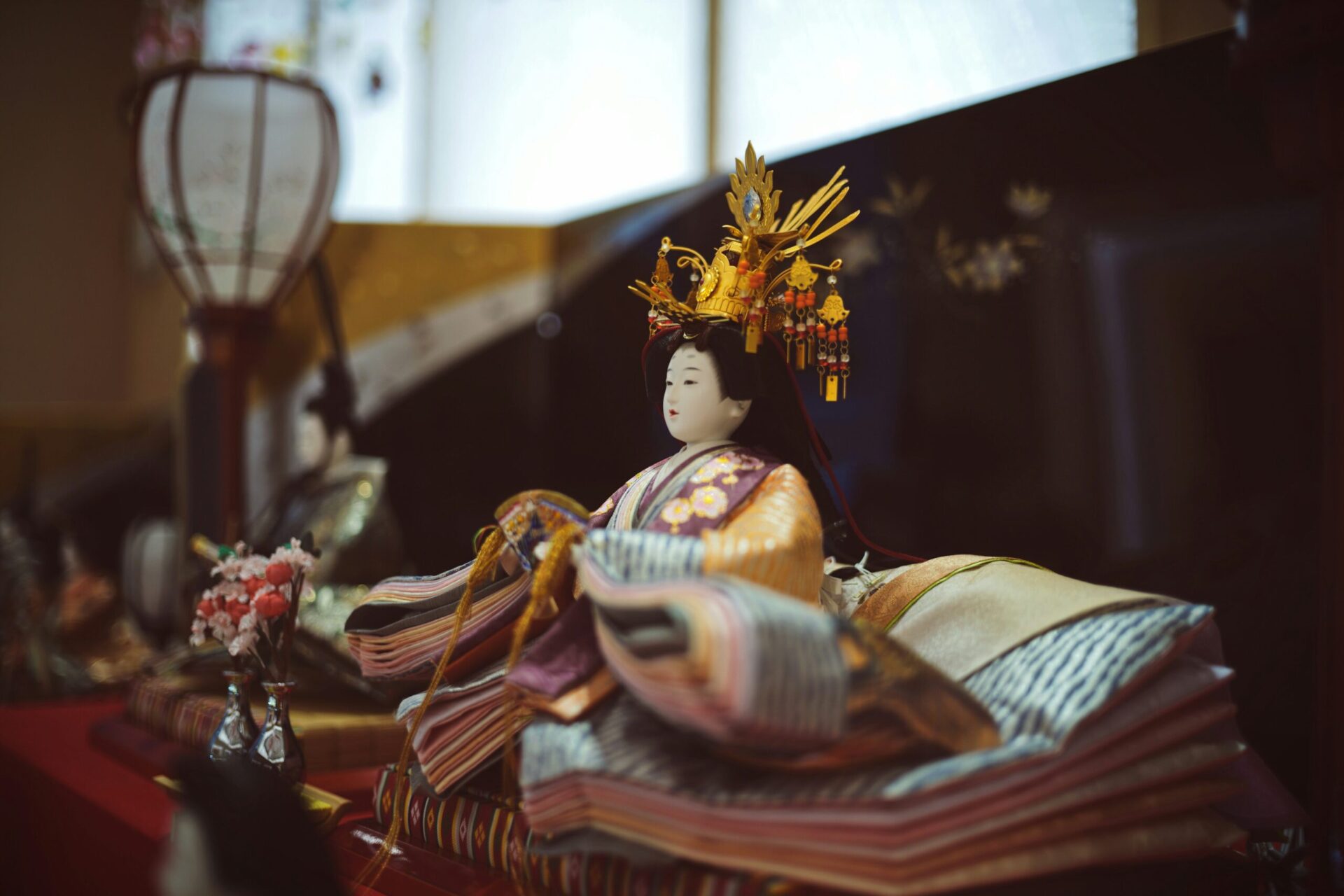
Hinamatsuri:
Japan’s Doll Festival Celebrating
Girls and Family Traditions
Japan is home to many unique and charming cultural festivals, and one of the most delicate and heartwarming is Hinamatsuri (雛祭り), also known as Girls’ Day or the Doll Festival. Held annually on March 3rd, this tradition celebrates the health, growth, and happiness of young girls.
Let’s explore the origins, customs, and beauty of this beloved Japanese event—and how you can experience it yourself.
What Is Hinamatsuri?
Hinamatsuri, meaning “Doll Festival,” has been celebrated in Japan since the Heian period (794–1185). Originally part of an ancient purification ritual, it evolved into a seasonal celebration dedicated to young girls, involving the display of traditional dolls and the offering of special foods.
Though it’s not a national holiday, Hinamatsuri remains an important cultural occasion for families with daughters.
Key Customs and Symbols of Hinamatsuri
1. Hina Dolls (雛人形)
The most iconic feature of Hinamatsuri is the display of hina dolls dressed in Heian-period court attire. These dolls are usually arranged on a red carpeted, tiered platform called hinadan. The top tier features the Emperor and Empress, while lower tiers include court ladies, musicians, ministers, and miniature furniture.
Fun Fact: Some families hand down hina dolls through generations as heirlooms.
2. Peach Blossoms (Momo no Hana)
Hinamatsuri is also known as the Peach Blossom Festival because peach trees bloom around this time. The blossoms symbolize femininity, charm, and gentle strength.
Traditional Foods for Hinamatsuri
- Hina-arare: Colorful rice crackers representing good luck and seasonal change
- Chirashi-zushi: A vibrant rice dish topped with vegetables, egg, and seafood
- Clam soup (Hamamushi or Ushiojiru): Clams with matching shells symbolize harmony in marriage
- Shirozake: A sweet, non-alcoholic rice drink often served during the celebration
These dishes are seasonal and symbolic, reflecting good fortune and wishes for a happy future.
How Hinamatsuri Is Celebrated
While Hinamatsuri is a family-centered celebration, you can also see public displays of hina dolls in department stores, museums, and cultural centers throughout Japan in late February and early March.
Popular Places to See Hinamatsuri Displays:
- Katsuura Big Hina Doll Festival (Chiba) – Thousands of dolls on display across the town
- Konosu Doll Festival (Saitama) – Featuring Japan’s tallest tiered hina doll display
- Tokushima Awa Jurobe Yashiki – Traditional homes with beautiful historic doll sets
Tips for Tourists Visiting During Hinamatsuri
- Visit traditional homes or shrines that host Hinamatsuri exhibitions
- Try seasonal sweets like hina-arare and wagashi (Japanese confections)
- Check local calendars for doll parades or photo exhibitions
- Be mindful—some hina doll displays are family heirlooms and may not be for touching or photos
Why Hinamatsuri Matters
Hinamatsuri reflects Japan’s deep cultural values around family, heritage, femininity, and seasonal awareness. It’s a gentle, beautiful celebration that gives insight into how Japanese people honor and support the next generation, especially daughters.
Final Thoughts
If you’re in Japan around early March, don’t miss the chance to experience Hinamatsuri. Even if you’re just admiring the intricate dolls or tasting seasonal food, you’ll gain a deeper appreciation for the subtle elegance and strong family values that define Japanese culture.

